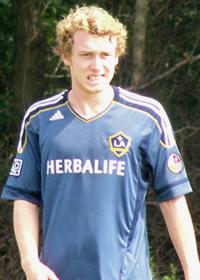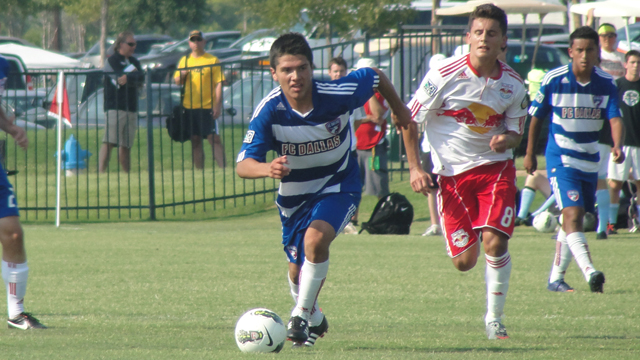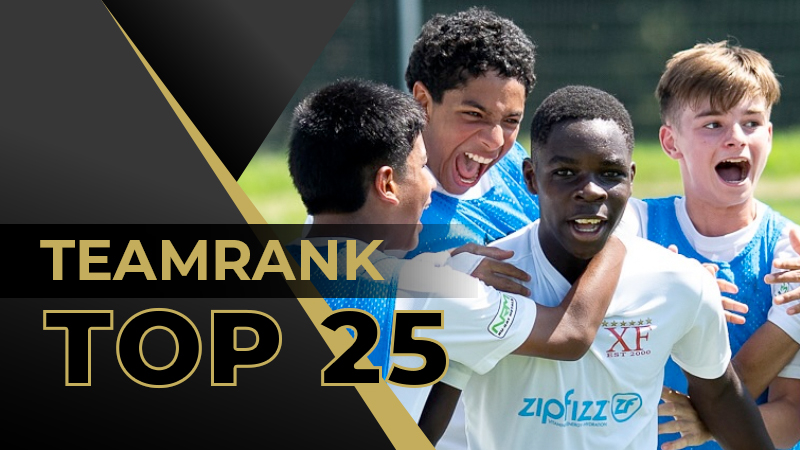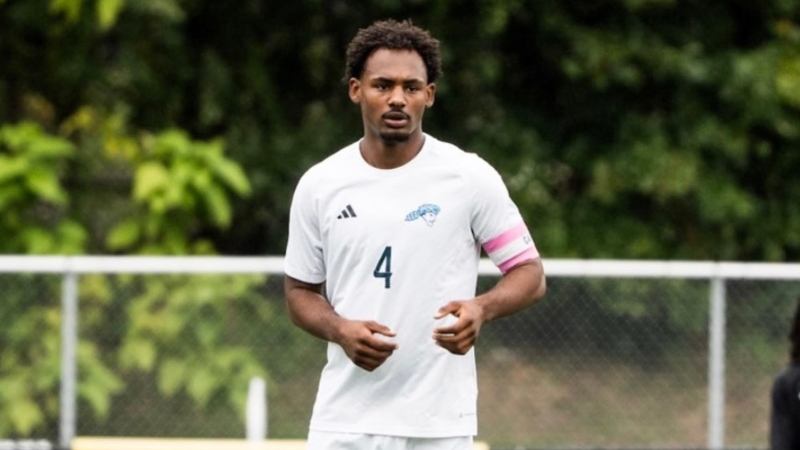 LA Galaxy's Jack McBean
LA Galaxy's Jack McBeanState of the Game: U.S. Soccer Dev. Part 2

Prior installments: Part One
(A continued examination of the state of player development in the United States).
Academy costs remain steep for the majority of players
 LA Galaxy's Jack McBean
LA Galaxy's Jack McBeanA lot of progress has been made to reduce the overall costs of playing in the Academy, and U.S. Soccer certainly does a good bit to help shoulder some of the load.
But there’s still a ton of travel involved for teams in several corners of the country. One parent from a non-MLS club in California lamented the addition of the Vancouver Whitecaps to the Academy to me, as it meant another significant cost for a trip up to the Pacific Northwest for just one night.
This is always going to be a difficult challenge to overcome, as the search for meaningful, competitive games in our country necessitates lengthy journeys for the clubs fitting the criteria for the Academy.
A significant portion of clubs is continuing to work and attempt to relieve the costs. For the U16 and U18 teams, no MLS Academy players have to pay to play in the Academy. That has started to creep outside of MLS teams, as the Richmond Kickers were amongst those to announce free Academy action for at least the 2012-13 season for its players.
However, it’s hard to imagine this problem going away completely anytime soon, and as long as it does, the highest level of youth soccer in the United States remains primarily a sport for the middle and upper class – cutting off a significant portion of players here in the States.
College soccer remains a much more attractive option than going pro
For the elite male soccer player at an MLS Academy right now, one good enough to attract a Home Grown offer, he’s looking at best, a contract offer around $90,000 per year (LA Galaxy forward Jack McBean’s guaranteed salary, according to MLS documents). And even that number is a bit high, as clubs are likely to submit lower offers to a player who is probably looked at as a long-term experiment.
Contrast that with the cost of tuition at a top college program – let’s say at a cost of around $125,000 over four years (often a sizeable underestimation) – a full scholarship might as well be a contract, and in many ways, a much more lucrative option than skipping college altogether to ink with an MLS first team.
On the one hand, going to college could offer a player more games in a calendar year than turning pro, with the combination of spring games, playing at a PDL program in the summer and the fall season offering up to 30 games. Going the pro route, as it stands, would offer just the 10 game reserve schedule if the player isn’t good enough to crack the 18 man roster for the club’s first team.
Of course, going to college risks a player not living up to his maximum potential, perhaps not getting the proper amount of training sessions or quality games at a level that many would argue isn’t adequate enough to produce international-caliber players.
Then there’s also the case of the millions of players who don’t play in an area with an MLS club, and don’t have the option or opportunity to play at that level, meaning that college provides both a higher level of soccer and a chance to be seen and possibly play professionally.
Clearly, this is one of the issues that the Academy, U.S. Soccer and MLS will need to figure out in the near future as player development is continually evaluated.
YNTs have yet to reap the results of the Academy
One place where the Academy has yet to make an impact is at the youth national team level.
From the U.S. U20 failure to qualify for the World Cup in 2011, to another early exit by the U17 team the same year, there’s little indicator that the Development Academy is working for select teams at those levels.
Now that can easily be explained, as the U20 team from 2011 only had ten players on it who played in the Academy, and all U17 players were involved in the Residency, as opposed to training with their club teams.
And it’s also worth mentioning that success at the youth national team level doesn’t necessarily indicate good things to come at the full level – look no further than African teams who have won past youth World Cups and struggled at the top.
But getting games in the knockout stages of competitions of youth World Cups would no doubt be an asset to players in order to further continue their development, and moving forward, the impact of the Development Academy on the youth national teams should increase.
The 2013 World Cup qualifying processes for the U17s and U20s will give the biggest litmus test yet. My conversations with players indicate there still is a hefty gap between U.S. players and their international counterparts in those age groups.
It’s not necessarily the Academy’s job, but if its purpose is to raise the level of soccer in the United States, it should become a natural result.
For elite players, Europe is the best shot at fulfilling potential
One of the hardest decisions a player can make as a teenager (or even later on) is whether or not to try his luck overseas.
This is something only a few players have the option to choose, and as MLS and soccer continues to grow here, opportunities are opening up that weren’t here 20 years ago.
And although the Academy system is doing its part to help a player’s development, in my opinion, a player is only going to truly make the most out of his talent by at some point trying his luck in Europe.
That’s not meant as a slight towards MLS and the United States, but simply put, they’ve been doing it longer and the stakes are higher in Europe. While the standard of MLS and youth development has shot up significantly over the past few years, it still pales in comparison to what a European club could offer.
Naturally, there are plenty of significant challenges presented by living overseas – the lack of family support, new surroundings, possibly a new language, but offsetting these is an extremely professional environment, consistent playing opportunities at a reserve level for those unable to crack the first team and learning from coaches and systems who most likely have been developing players for decades.
Coaching knowledge is also an asset abroad that isn’t at the same level here, and watching the development of young U.S. players like Zach Pfeffer and Jack McBean, it’s worth pondering if the coaching knowledge exists here in order to help players like that reach their absolute peak.
That’s not to say that starting or playing in MLS means a player won’t be as good – at the end of the day, it’ll be on a case-by-case basis. But as things stand now, Europe still carries the advantage of a player reaching his peak.
Headlines
- Recruiting Roundup: December 22-January 4
- Vote for Men's College Soccer Best Goal
- 2026 Women's Division I Transfer Tracker
- Vote for Women's College Soccer Best Goal
- TDS Fall High School Boys Best XI
- TopDrawerSoccer TeamRank Update - Boys
- TDS Fall High School Girls Best XI
-
Commitments: Decided on Delaware

- TDS Girls Regional Rankings: Class of 2027
-
Draft Picks Who Can Make MLS Impact




